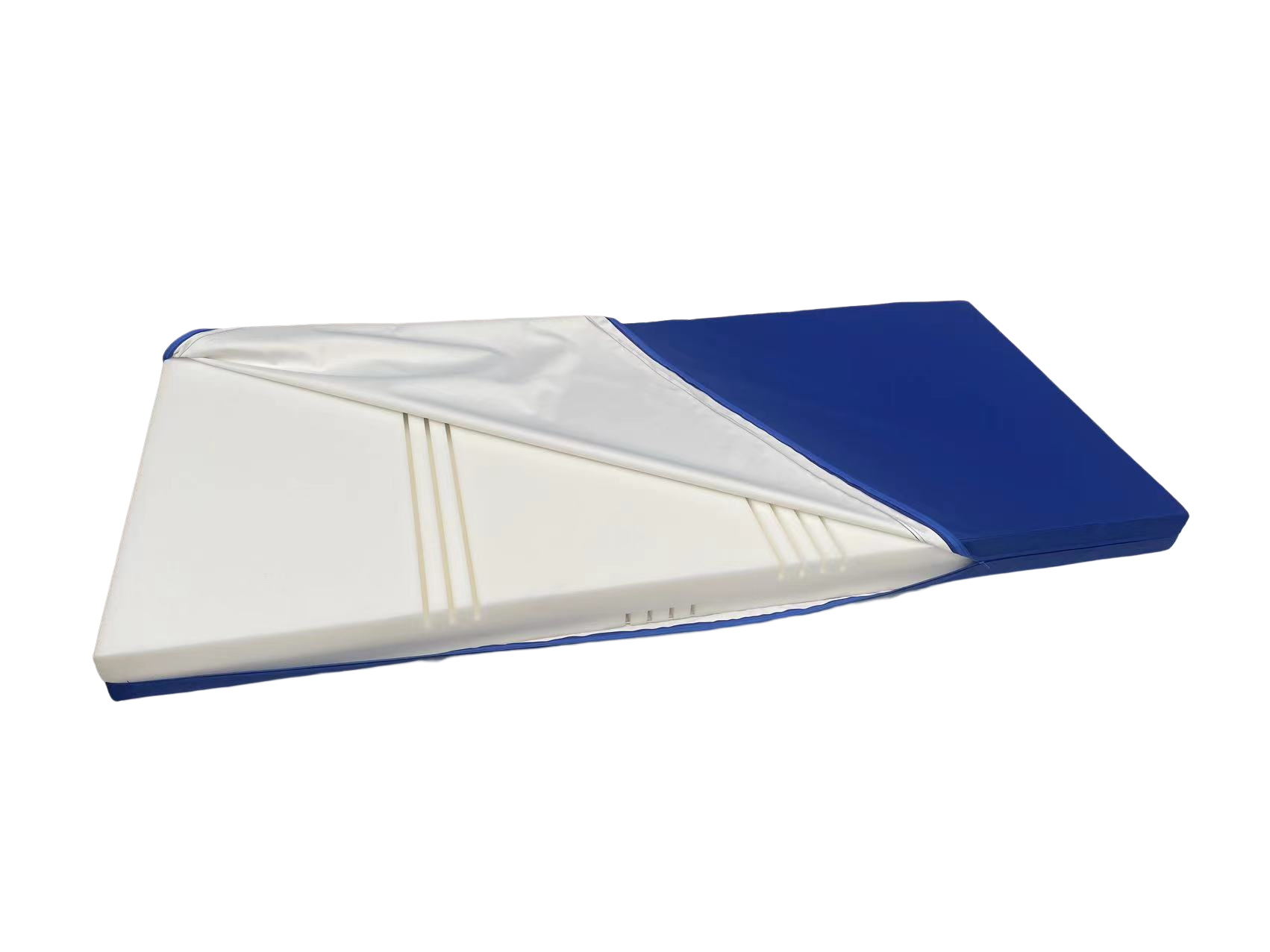Different Types of Air Mattresses Designed for Hospital Beds and Their Benefits
Types of Air Mattresses for Hospital Beds
Air mattresses are essential components in hospital settings, providing comfort and preventing complications among patients who are bedridden or have limited mobility. Various types of air mattresses are designed to meet specific medical needs, and understanding these types can aid healthcare professionals in making informed choices for their patients. This article explores the different kinds of air mattresses used in hospital beds, their features, and the benefits they offer for patient care.
1. Static Air Mattresses
Static air mattresses consist of a sealed air chamber that maintains a consistent level of inflation. These mattresses are designed to distribute a patient’s weight evenly across the surface, reducing pressure points which can lead to pressure ulcers or bed sores. Static air mattresses usually incorporate a durable cover that is resistant to moisture and bacteria, making them suitable for hospital environments.
One of the key advantages of static air mattresses is their simplicity and ease of use. They require minimal maintenance and can be used with patients who have stable conditions. By providing a soft and supportive surface, these mattresses minimize discomfort and enhance patient satisfaction.
2. Alternating Pressure Mattresses
Alternating pressure mattresses take patient comfort and care a step further by utilizing a system that regularly changes the air pressure within the mattress. These mattresses typically consist of multiple air cells that inflate and deflate periodically, promoting better blood circulation and minimizing the risk of pressure ulcers. The alternating action helps in redistributing pressure, leading to improved comfort levels for the patient.
Healthcare providers often recommend alternating pressure mattresses for patients at higher risk of developing skin breakdown due to immobility. These mattresses may require a more complex setup, as they usually come with a control unit that adjusts the pressure settings. However, they are particularly useful for patients undergoing long-term bed rest, as they can significantly enhance healing and comfort.
3. Low-Air-Loss Mattresses
types of air mattresses for hospital beds

Low-air-loss mattresses combine features of both static and alternating pressure mattresses. They have a design that includes multiple air cells and allows airflow through the mattress surface. This flow of air helps to keep the skin dry, which is crucial in preventing moisture-related skin issues. The low-air-loss effect is particularly beneficial for patients with existing skin integrity issues or those prone to developing pressure ulcers.
These mattresses are often utilized for patients with more severe conditions requiring specialized care. The ability to reduce skin moisture while providing alternating pressure helps to create an optimal healing environment. Additionally, low-air-loss mattresses can be adjusted to different settings, allowing healthcare professionals to customize care for individual patient needs.
4. Hybrid Mattresses
Hybrid mattresses represent the combination of different mattress technologies, often merging foam and air systems. These mattresses not only focus on providing comfort through air but also add the supportive qualities of foam. This combination can enhance the overall patient experience, offering stability while minimizing pressure points.
Hybrid mattresses can be particularly beneficial for patients who require both stability and relief from pressure. The foam component offers a cushioned feel, while the air cells provide the necessary support and adjustment. Moreover, hybrid mattresses are versatile, suitable for a range of patient needs and conditions.
Conclusion
Choosing the right air mattress is critical for patient care in hospitals. Static air mattresses are suitable for patients with stable conditions, while alternating pressure and low-air-loss mattresses are ideal for those at risk of skin breakdown. Hybrid mattresses offer a mix of benefits, catering to diverse patient needs.
Ultimately, the selection of an air mattress should take into account a patient’s specific condition, mobility level, and the overall care plan. By understanding the various types of air mattresses available, healthcare providers can ensure that their patients receive optimal care, comfort, and safety during their hospital stay. As technology advances, innovations in mattress design will continue to enhance patient well-being, making it easier to prevent complications associated with prolonged bed rest.
-
Sleep Tracking Mattress GuideNewsJul.28,2025
-
Silicone Mattress for Everyday ComfortNewsJul.28,2025
-
Mattress for Pressure Point ReliefNewsJul.28,2025
-
Customized Comfort with Specialized MattressesNewsJul.28,2025
-
Cool Gel Foam Mattress for Better SleepNewsJul.28,2025
-
Coir and Foam Mattress GuideNewsJul.28,2025
-
Ambulance Stretcher Mattress: Reliable Comfort on the MoveNewsJul.28,2025

